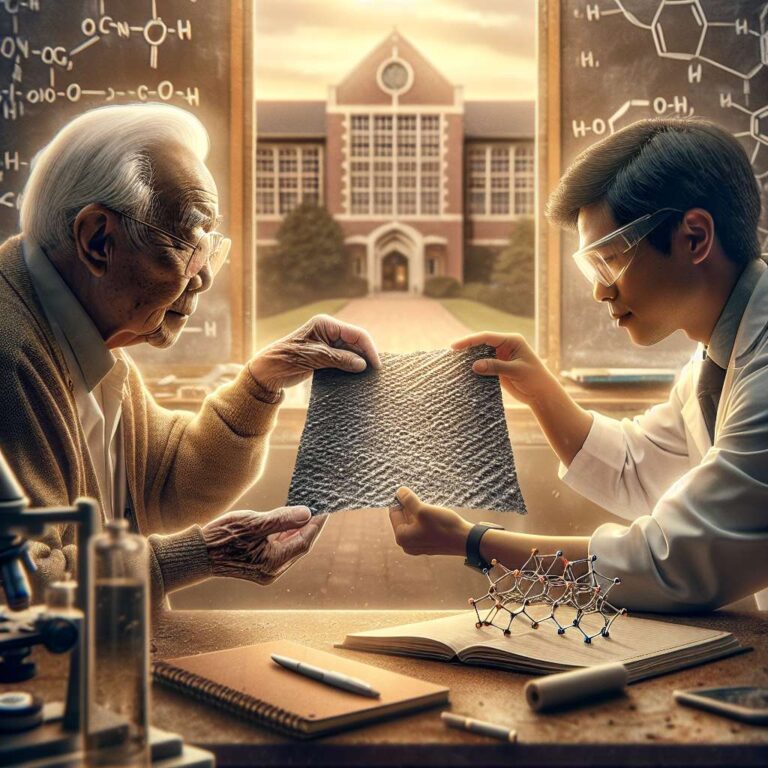Institute Professor Mildred “Millie” Dresselhaus spent 57 years at MIT advancing fundamental understanding of matter and redefining what carbon could do. Known as the Queen of Carbon, she used laser light early in her career to probe how flat sheets of carbon differ from three-dimensional crystals under heat, electrons, or magnetic fields, and later predicted carbon nanotubes, tiny cylinders with exceptional electrical properties. Her foundational work helped fuel a nanoscience revolution that enabled buckyballs, nanotubes, and graphene to move from theory into applications such as energy storage, medical research, structural materials, and flexible electronics. Those same structures are now being adapted for cutting edge possibilities, including ultrafast quantum computers, efficient desalination, and quantum dots for biosensing and drug delivery. Her achievements garnered top honors, including the Kavli Prize in Nanoscience, the National Medal of Science, and the Presidential Medal of Freedom.
Dresselhaus’s rise was improbable. Born in Brooklyn to immigrant parents in 1930, she entered a field that rarely welcomed women. Mentors were pivotal, especially Enrico Fermi at the University of Chicago, where she was the sole woman among roughly a dozen new physics PhD students in 1953. Fermi’s quantum mechanics lectures, delivered with deliberate clarity and supported by prewritten notes so students could focus, coupled with deceptively simple “Fermi problems,” taught her how to think as a physicist. He championed a model in which graduate students conceived, executed, and wrote their work largely on their own, building broad knowledge to generate and solve meaningful questions. Beyond the classroom, Fermi integrated students into his life, from morning walks to monthly dinners with dancing, leaving Dresselhaus with a lasting example of rigorous yet humane mentorship before his death in 1954.
At MIT, Dresselhaus paid that mentorship forward. She emphasized confidence, independence, and preparation for the next job, while offering tangible support from networking to hosting students for holidays and extra instruction. Her influence echoes in subsequent breakthroughs, including the 2018 discovery by MIT’s Pablo Jarillo-Herrero that two graphene sheets twisted at a magic angle of 1.1 degrees can be superconducting or insulating, launching the field of twistronics, an idea Dresselhaus had anticipated through work on misoriented graphene. MIT opened the MIT.nano facility in 2018, a project she eagerly awaited as a platform for new nanoscale exploration. In 2019, the campus dedicated the Improbability Walk in her honor, encouraging mentors to engage the next generation as Fermi did for her. In one of her final messages, she called on young people to pursue new ideas, saying life is very interesting in this lane and inviting them to join.

